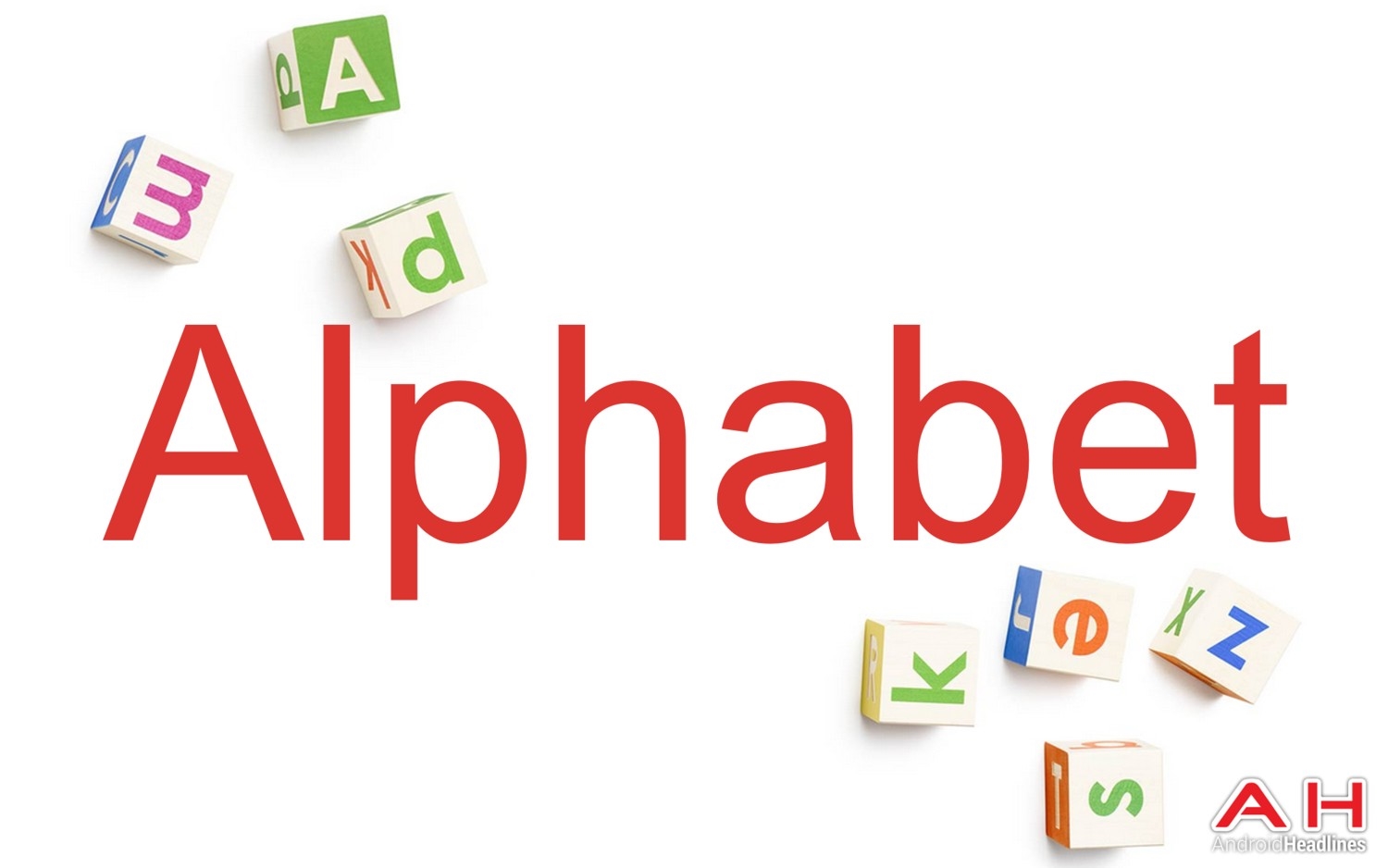Mobile, YouTube And Programmatic Become Alphabet’s Workhorses
by Laurie Sullivan , Staff Writer @lauriesullivan, October 27, 2017
Analysts, for the most part, hailed Alphabet’s ability to post a 24% year-on-year rise in revenue to $27.8 billion for the third quarter in 2017, citing mobile search, YouTube and programmatic as the top three factors powering profits.
 “The reality is that as long as mobile, YouTube, and programmatic can continue to deliver 15%-20% advertising-driven revenue growth, Google will have very few problems,” Ben Schachter, analyst at Macquarie Equities Research, wrote in a research note published Friday.
“The reality is that as long as mobile, YouTube, and programmatic can continue to deliver 15%-20% advertising-driven revenue growth, Google will have very few problems,” Ben Schachter, analyst at Macquarie Equities Research, wrote in a research note published Friday.
Revenue from Google sites came in at $19.7 billion for the quarter, up 23% YoY — led again by mobile search and complemented by desktop search and strong performance from YouTube, Ruth Porat, CFO at Alphabet, said during the earnings call Thursday.
Google CEO Sundar Pichai, during the third-quarter revenue call with analysts, said mobile has been fundamental to the growth of artificial intelligence services such as Google Assistant in search. He said that voice changes the way consumers interact with brands, and pointed to recent announcements with Target and Walmart as two examples.
Visual search has become a major push for the two retailers. Google Lens provides that experience for consumers. During the earnings call, Colin Sebastian, analyst at Robert W. Baird & Co., asked whether visual and voice search queries provide incremental value to traditional search or do they substitute searches on screens.
Pichai, of course, said the two add to the search experience, but it will “play out slowly over many years. And so we see this as a big opportunity ahead and we are investing for it.”
Google search and voice also supports YouTube TV, which has rolled out in 50 markets.
YouTube now has more than 1.5 billion users who spend an average of 60 minutes daily on mobile. The site also now gets more than 100 million hours of watch time in the living room every day, up 70% in the past year.
YouTube Red, the first entrance into the subscription market, is on track to release more than 40 original shows this year, and YouTube TV, the live TV subscription service, continues to expand into new markets. It now covers two-thirds of U.S. households and is available in 15 metro areas.
YouTube also touts a 95% ad viewability rate compared with the average 66% viewability rate of other video ads, Pichai added.
All said, the biggest issue that analysts called out involve rising traffic acquisition costs. Total TAC rose 32% YoY. TAC to distribution partners rose 105 bp quarter-over-quarter to 12.2% of Google Properties revenue, wrote Aaron Kessler, analyst at Raymond James. “Management indicated TAC increased in the quarter due to changes in partner agreements and mix shift to mobile,” he wrote.
Pichai said that the increase in sites TAC as a percentage of revenue as well as network TAC as a percentage of network revenue, reflects that the strongest growth areas, such as mobile search and programmatic, carry higher TAC.
Even with the higher TAC, the company attributes strong network revenue to programmatic becoming a “strong contributor.”
MediaPost.com: Search Marketing Daily
(43)